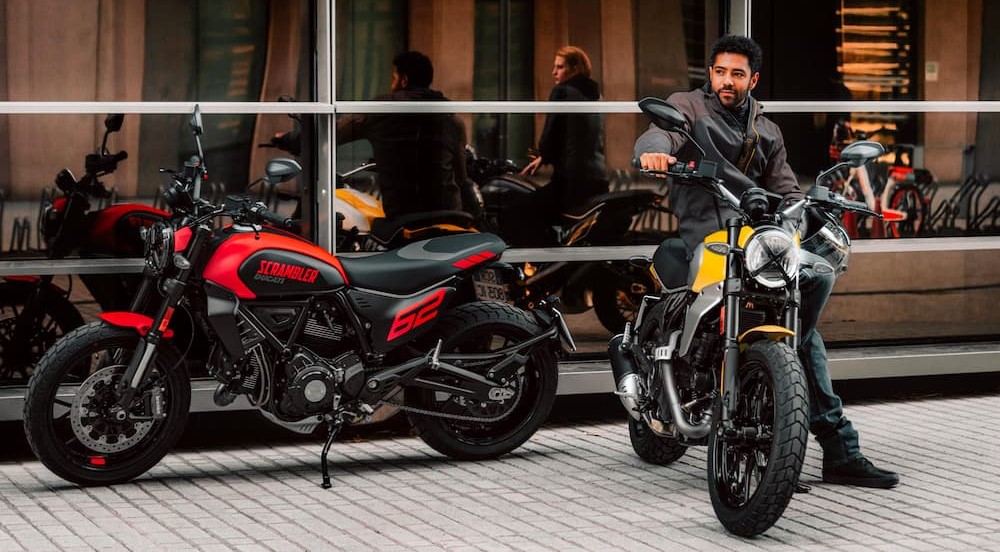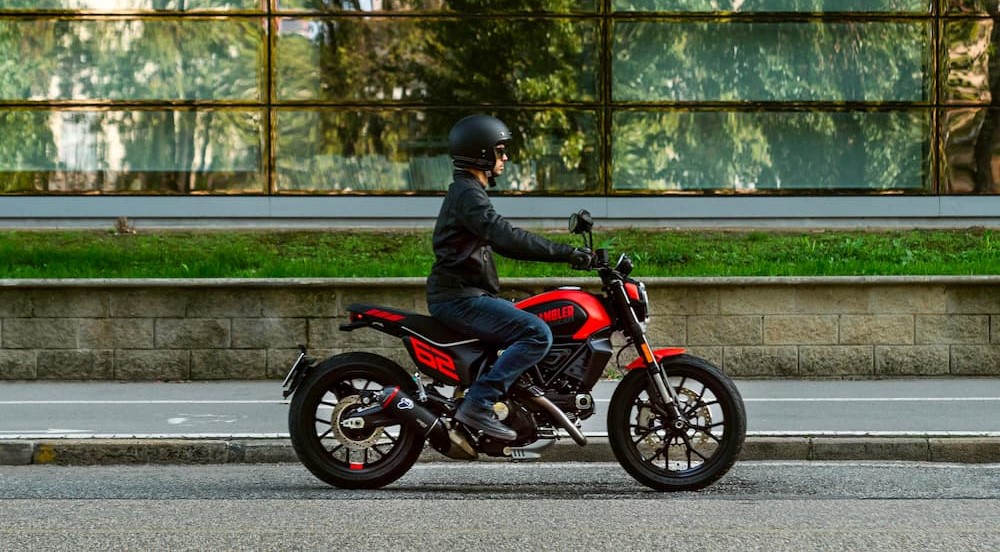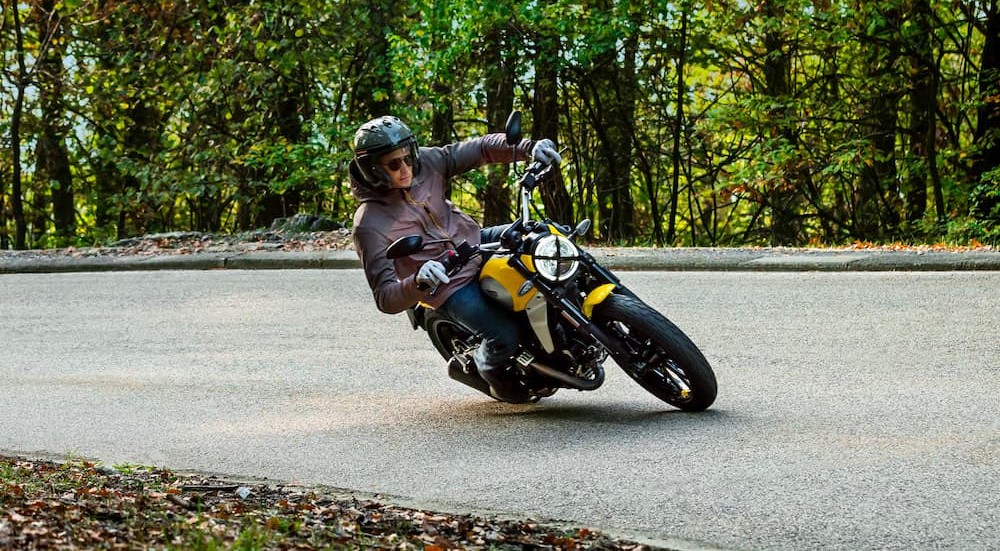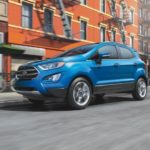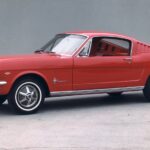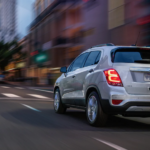One afternoon years ago, a friend called with excitement dripping from his voice, the same excitement you might hear from a kid with a free pass to the candy store and a bottomless bag to go with it. But this excitement wasn’t about sugar-laden treats, but something far sweeter. It was the adrenaline surge of knowing he was soon getting in the saddle of a motorcycle he’d been dreaming of for years. The only caveat: the bike was a Ducati that was six hours away, and he needed a ride to go pick it up and ride it home. After all, you don’t buy a powerhouse like a Ducati just to bring it home on a trailer.
That phone call ignited a whirlwind adventure that introduced me to the world of Ducati and, at least for me at the time, the surprising market of used motorcycles for sale. I knew Ducati was a high-end brand renowned for performance, but I had no idea there were more affordable, everyday options like the Scrambler. Yes, Ducati packs a heavy punch, but models like the Scrambler do a bit to tame the beast, doubling as a modest powerhouse that builds on the brand’s incredible history and heritage. It’s the Ducati for the everyday rider, and it doesn’t disappoint.
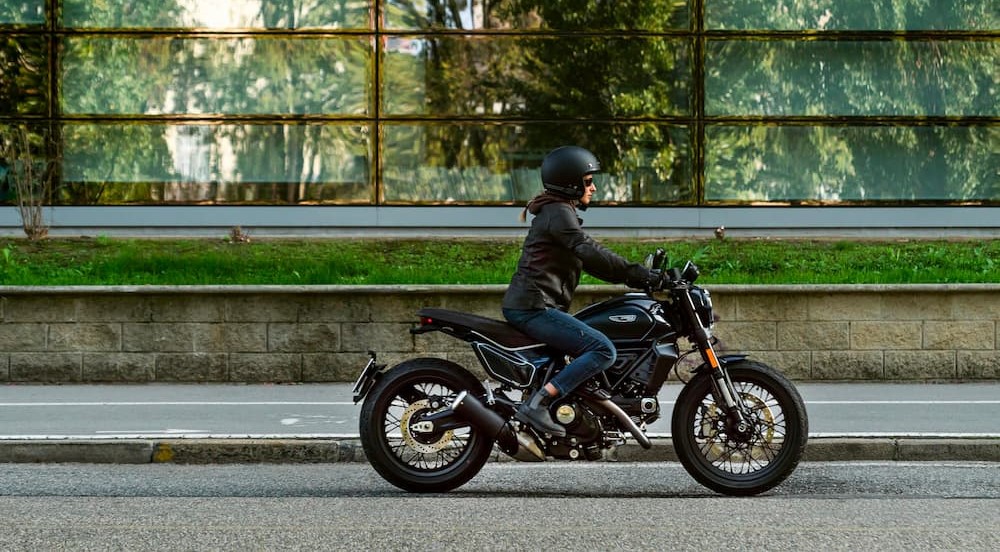
From Radio Components to Motorcycles
Long before garnering fame for its motorcycles, Ducati started manufacturing radio components in 1926. The company expanded over the years, eventually investing in an innovative pushrod engine, the Cucciolo, for bicycles. The engine was a massive success, inspiring Ducati to dive into the motorcycle segment and debut its first 48 cc bike in the 1950s. The company spent the next several years developing larger bikes, making history in 1960 when it introduced the Mach 1 as the fastest 250 cc road bike in production.
With the Mach 1 gaining worldwide acclaim, the American Berliner Motor Corporation asked Ducati to build a bike for the American market. By 1962, Ducati had its answer and introduced the Scrambler. The single-cylinder motorcycle made a lasting impression in America, garnering acclaim for its well-rounded performance and exceptional ride quality. Moreover, Ducati consistently refined the bike, offering the Scrambler in 250, 350, and 450 cc models with Ducati’s signature design details until the end of its production in 1976.
The original Scrambler wasn’t the fastest in the industry, but it wasn’t designed to be, and that made it even more attractive. It wasn’t trying to shed its identity, but marked a new chapter in motorcycle history. It established a much-needed bond between European and American motorcycle brands, forever impacting the industry.
A Time Traveling Powerhouse: The Scrambler’s Return
Ducati is often praised for building jaw-dropping powerhouses with distinctly modern designs. So, when the Scrambler returned to the lineup after nearly four decades, Ducati fans paused and gave a collective sigh of appreciation. It was as if no time had passed between 1976 and 2014.
The Scrambler made its grand return at World Ducati Week in 2014, boasting classic details to honor its legacy. “We have reinterpreted an iconic motorcycle, part of our history for more than 50 years, in a fully modern way, designing and building the Ducati scrambler as if we’d never stopped making it,” Ducati said of the icon’s return. “The four bikes of the Ducati Scrambler family represent starting points on a path to personalization that will make every single Ducati Scrambler a unique, free-spirited bike as individual as the person riding it.”
Paying Homage to Its History: Design and Models
Ducati approached the Scrambler’s design as if production had never stopped. The 2014 Scrambler returned with classic details like its rounded headlight, paying homage to its roots with a “Born in 1962” stamp on the fuel cap. However, Ducati also ushered the Scrambler into a new era, introducing four models with unique personalities that embody the Scrambler spirit: the Icon, the off-road-oriented Urban Enduro, the race-inspired Full Throttle, and the Classic.
With the Scrambler earning even more acclaim with its return, Ducati didn’t waste any time expanding the family with models like the Sixty2, Café Racer, and Desert Sled. Today, the 2023 Scrambler sees another growth spurt and introduces the motorcycle’s second generation. The lineup is awe-inspiring, recognizing the Scrambler’s iconic history in the Ducati lineup but also introducing more modern design details and features. The choices are plentiful, from the Icon, sprinter-inspired Full Throttle, and street-savvy Night Shift to the 1100 Pro family with the Dark Pro, Tribute Pro, and Sport Pro that offer the incredible performance expected of the Ducati name.
A Bigger, Better Heartbeat: Engine Details
The Scrambler of the 1960s wasn’t designed to be the fastest in the segment, but to introduce American riders to the well-roundedness and handling of the Ducati brand. Those first models were powered by a 436 cc engine that produced 27 horsepower at 6,500 RPM, enough to make the 320-pound bike agile and engaging to ride. Today, those numbers pale compared to the potency you’ll enjoy from the next-generation Scrambler.
When the Scrambler returned in 2014, it did so with a 90-degree V-Twin engine, known as an “L-Twin” in the Ducati realm. Models like the Sixty2 rely on a 399 cc engine, while the others—the Classic, urban Enduro, Icon, and Full Throttle—draw their power from an 803 cc engine. Over the last few years, Ducati added a 1,079 cc engine to the lineup, introducing riders to the Scrambler Pro that promises more thrills in the saddle.
The 2023 Scrambler’s standard powerplant is the air-cooled four-stroke, four-valve L-Twin engine that produces 73 horsepower at 8,250 RPM and 48.1 lb-ft of torque at 7,000 RPM. This output is impressive considering the Scrambler’s lightweight design, with the 2023 Icon and Full Throttle boasting a dry weight of 375 pounds, with the Night Shift slightly more at 388 pounds. As you climb the lineup, the Scrambler 110 Pro models range from 417 to 428 pounds, but mitigate that increase with a beefier 1,079 cc engine. This air-cooled L-Twin produces 86 horsepower at 7,500 RPM and 65 lb-ft of torque at 4,750 RPM, a far cry from the Scrambler’s output in the 1960s.
The Everyday Ducati
My friend brought his Ducati dreams to life years ago, climbing in the saddle and making the six-hour journey home with a smile plastered on his face. At the time, I likened his adventure to another whim or fleeting hobby. Today, however, I understand the dream and what made that trip so important and exciting for him.
Ducati isn’t just another motorcycle brand, but carries incredible weight as one of the most revered manufacturers in the industry, renowned for building two-wheeled powerhouses with sleek lines and bold silhouettes. The Scrambler is integral to that legacy, even if it isn’t the fastest or most powerful in the Ducati fleet. Instead, it does something just as essential by making the Ducati lineup accessible to more riders.
The Scrambler’s debut in the 1960s marked a shift in the industry, signifying a collaboration between American and European motorcycle brands. It didn’t mean one was less than or greater than the other, but it showed the importance of working together to give riders something unique and beyond expectations. The Scrambler accomplished that feat throughout the 1960s and 1970s, returning to the Ducati lineup and embarking on another chapter in 2014. It returned as if nearly 40 years hadn’t passed, a remarkable feat only Ducati can manage.
Today, the Scrambler continues its legacy as the everyday Ducati and proves it only gets better with age. With 2023 models starting under $13,000, the Scrambler is a small investment in a brand that carries significant weight anywhere the road takes you. For many, it’s a bargain to have bragging rights and the incredible handling and well-roundedness that comes with the Ducati name.
